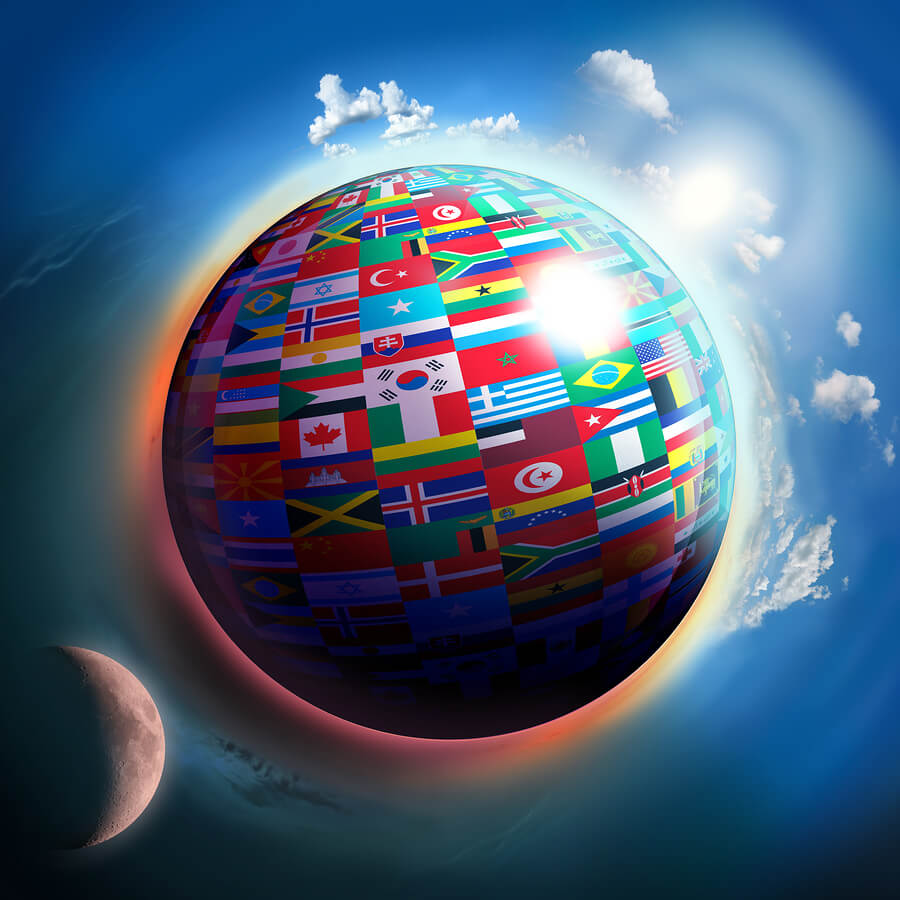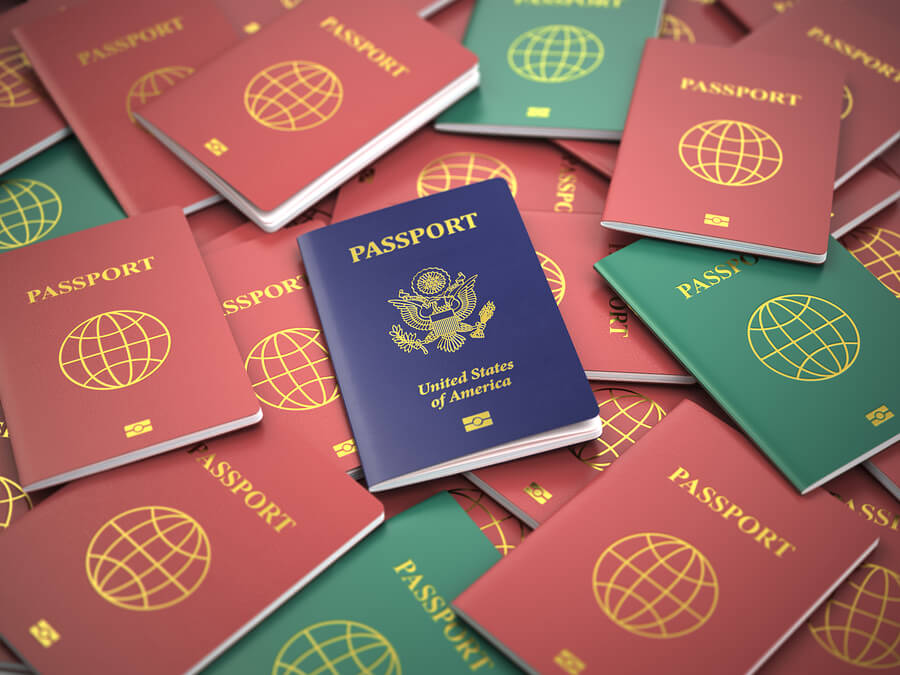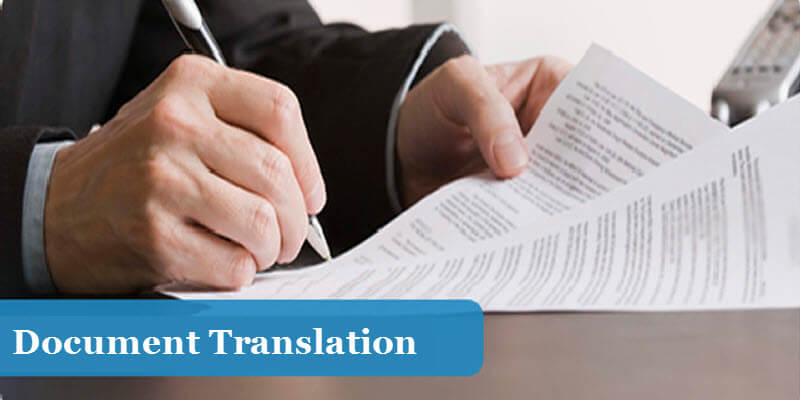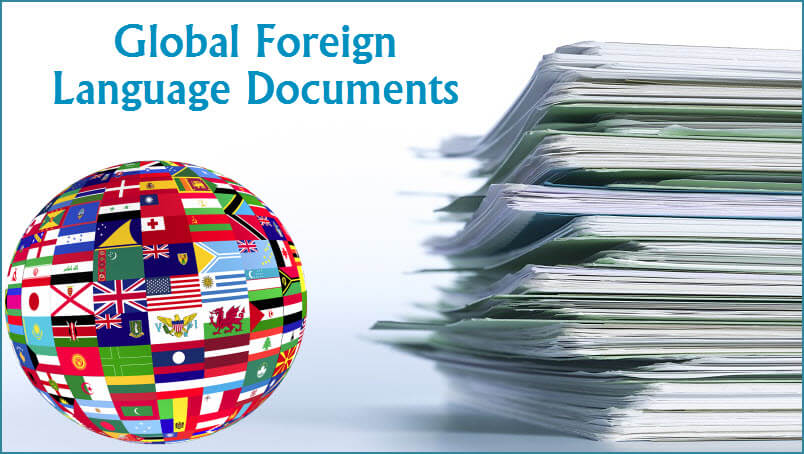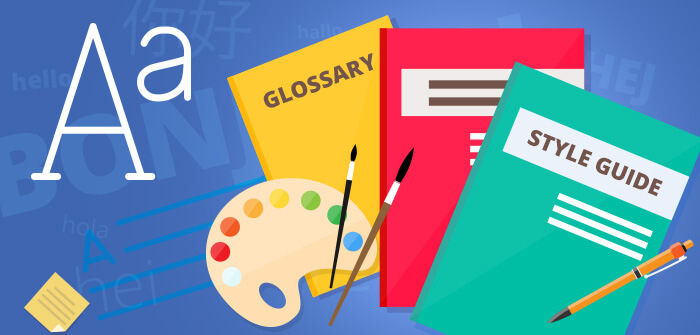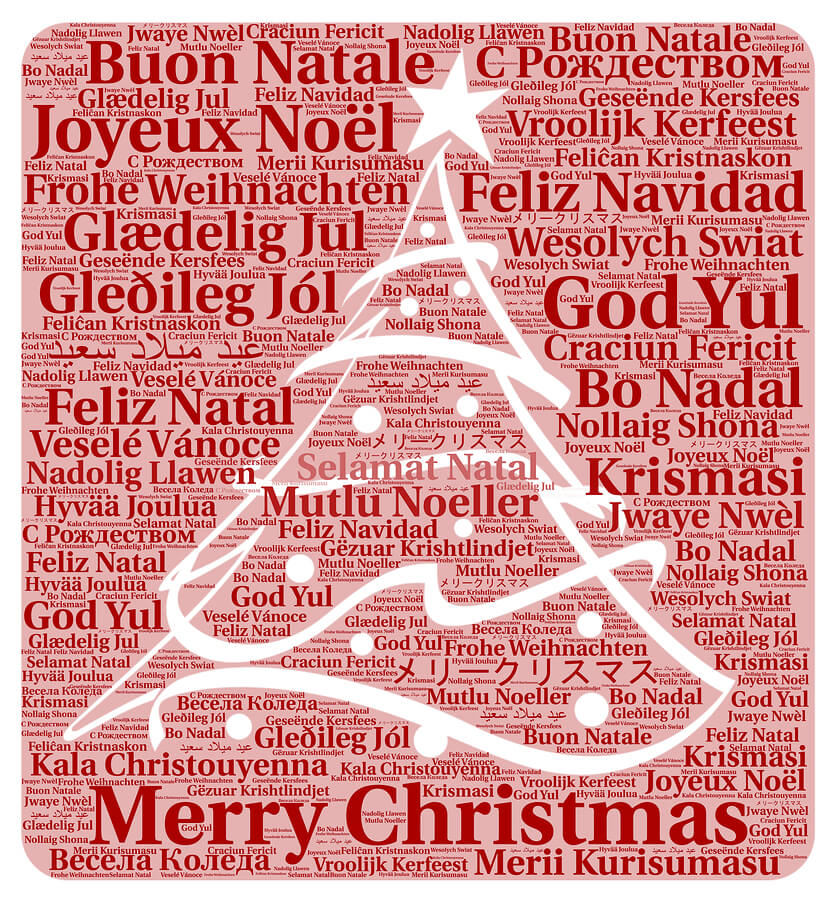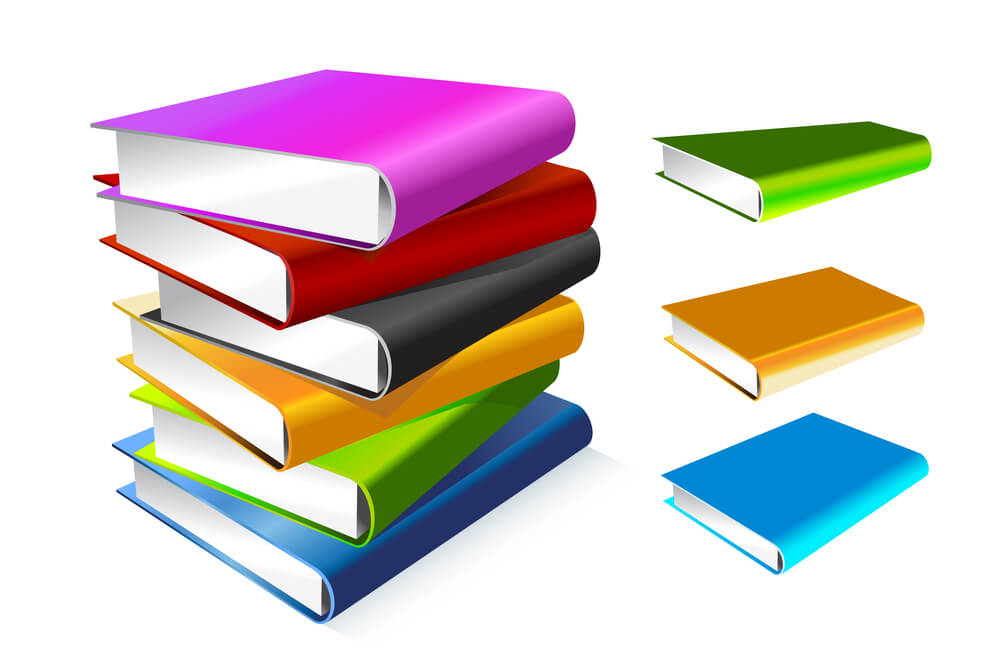There are several reasons why you may want your driver’s license translated into English while in Australia. The first is if you are visiting Australia you may need it to rent a car and the second is for identification purposes when booking into a hotel or other type of accommodation in Australia. You also may wish to open a temporary bank account in Australia and having an accurate translation of your driving license could serve as one of the means of identification required.
The most important move you should make when seeking a translation is to choose a NAATI-certified translator as translations from these experts are not only approved for government purposes but are recognized throughout Australia as accurate. One great benefit of getting your overseas license translated by a NAATI translator is if you are involved in a car accident, whether it is your fault or the other driver’s, it gives you the peace of mind that the police officer attending the accident will be able to accurately identify who you are at that you have a valid driver’s license.
Most Australian states require you to get a translation of your driver’s license into English from a NAATI-certified translator. Most NAATI translation services can offer translators in almost any language you want. So if you are visiting from Spain or Latin America you just need to go online and search for a NAATI translator who specializes in Spanish to English translations. You can scan your driver’s license and forward it to your chosen NAATI translator who will perform the translation and certify it to say it is accurate.
Going abroad with a NAATI translation of your driver’s license
To save you the time of getting a translation of your driver’s license before you go overseas it is a good idea to get it translated by a NAATI translator here in Australia before you leave. Many countries will accept the translation as NAATI translations have a good reputation for accuracy. You can use your translated driver’s license not just to hire a car abroad but also as identification when you are traveling around a country.
Coming to Australia on a working holiday visa
In order to enter Australia on a working holiday visa, you will need to have three important documents. One is a bank statement showing the availability of at least $5,000, the second is a credit limit of around $5,000 on a credit card and the third is a flight booked to leave the country once your holiday visa has expired. On top of this, you will need to provide identification for a host of other things like applying for a state driver’s license after 3 months of staying in Australia and an Australian bank account for your employer to use to deposit your wages. Having an English translation of your driver’s license provides one form of identification that you will need to access the above things.
How to get a fast driving license translation in Australia?
If you want a fast driving license translation in Australia you need to go online and find a translation company that offers a 24-hour turnaround service. You will need to follow the steps on your chosen translator’s website. The first thing you will need to provide is a photo or scan of your driver’s. You will then be asked to pay for the service online using either a credit card or PayPal. Once the translation has been completed you will be sent a digital copy of the translation of your driver’s license which will include a NAATI certification from the translator. If you want a hard copy of the translation mailed to you it will be necessary to pay the postage and provide a mailing address.





